What's new for winter 27/28
Explore more on Destinations
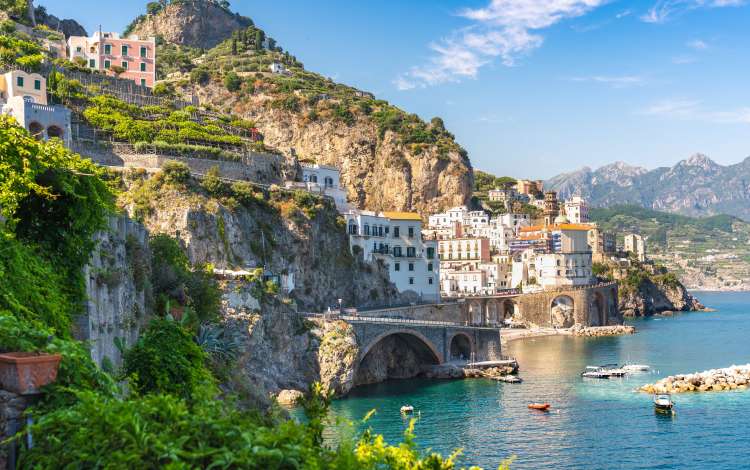
These ancient Italian cities are rich in natural beauty and boast more heritage sites than anywhere in the world, finds Steven Short
A visit to the Tuscan capital affords glimpses of some of the world’s most beautiful buildings and art. Michelangelo’s David statue takes pride of place at the Gallerie dell’Accademia, while the poetically named Basilica of St Mary of the Flower boasts a Gothic revival façade in pink and green marble. Florence also produces the best gelato in Italy – taste it for yourself at the artisanal Vivoli gelateria.

The Eternal City lures visitors with its roll call of world-famous sights, from the ornate Trevi Fountain and Spanish Steps to the country-within-a-city Vatican, which covers more than nine miles together with its museums. Rome is also a shopping hot spot, with Via del Corso at its heart.
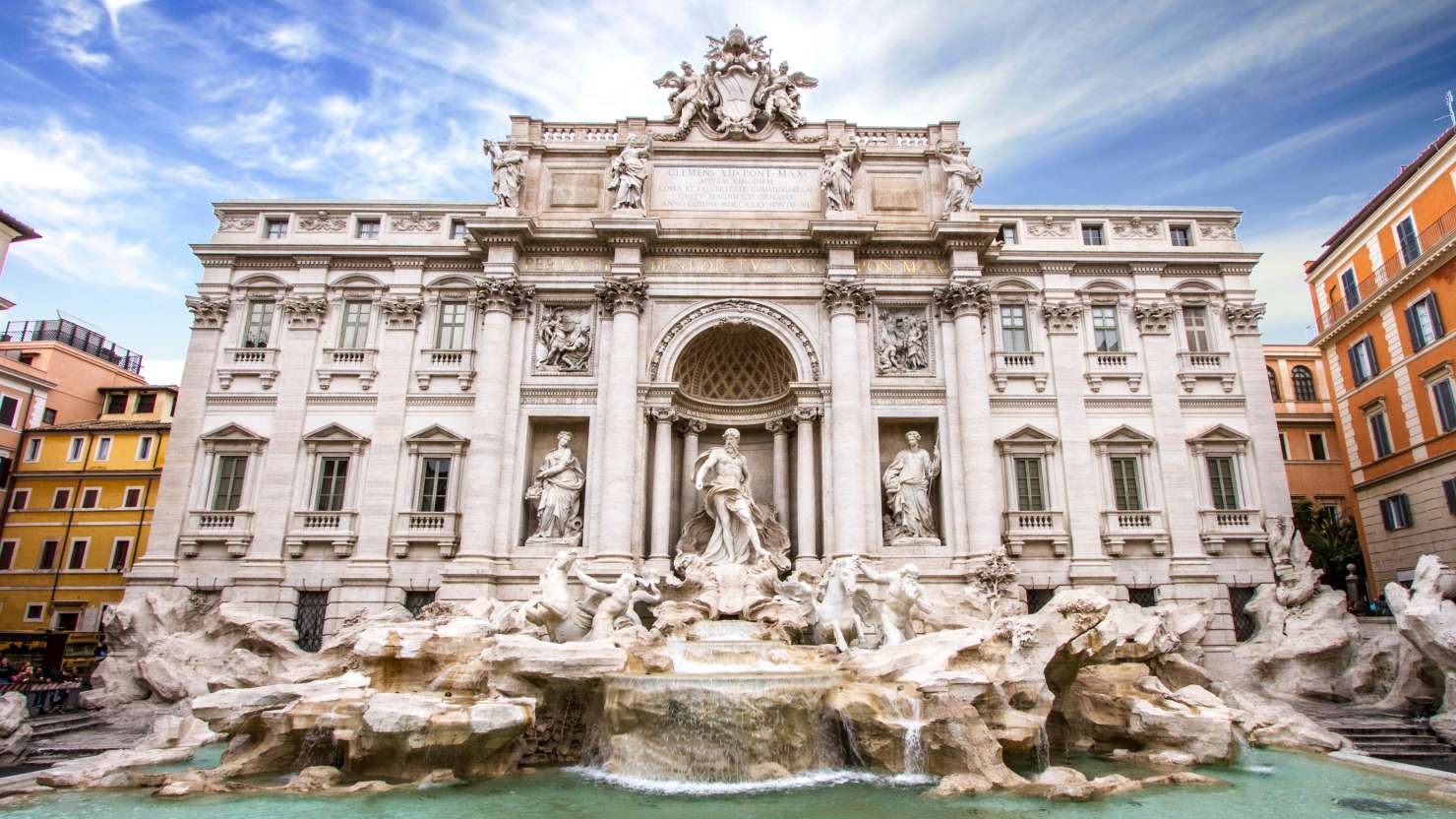
Today, visitors from the world over are drawn to the city’s unique canals, imposing Renaissance architecture and alluring gondoliers. Take a trip along the Grand Canal by gondola or vaporetto (water bus), and then try some local speciality, cicchetti – tapas-style dishes that include juicy meatballs and chopped boiled egg with anchovy.
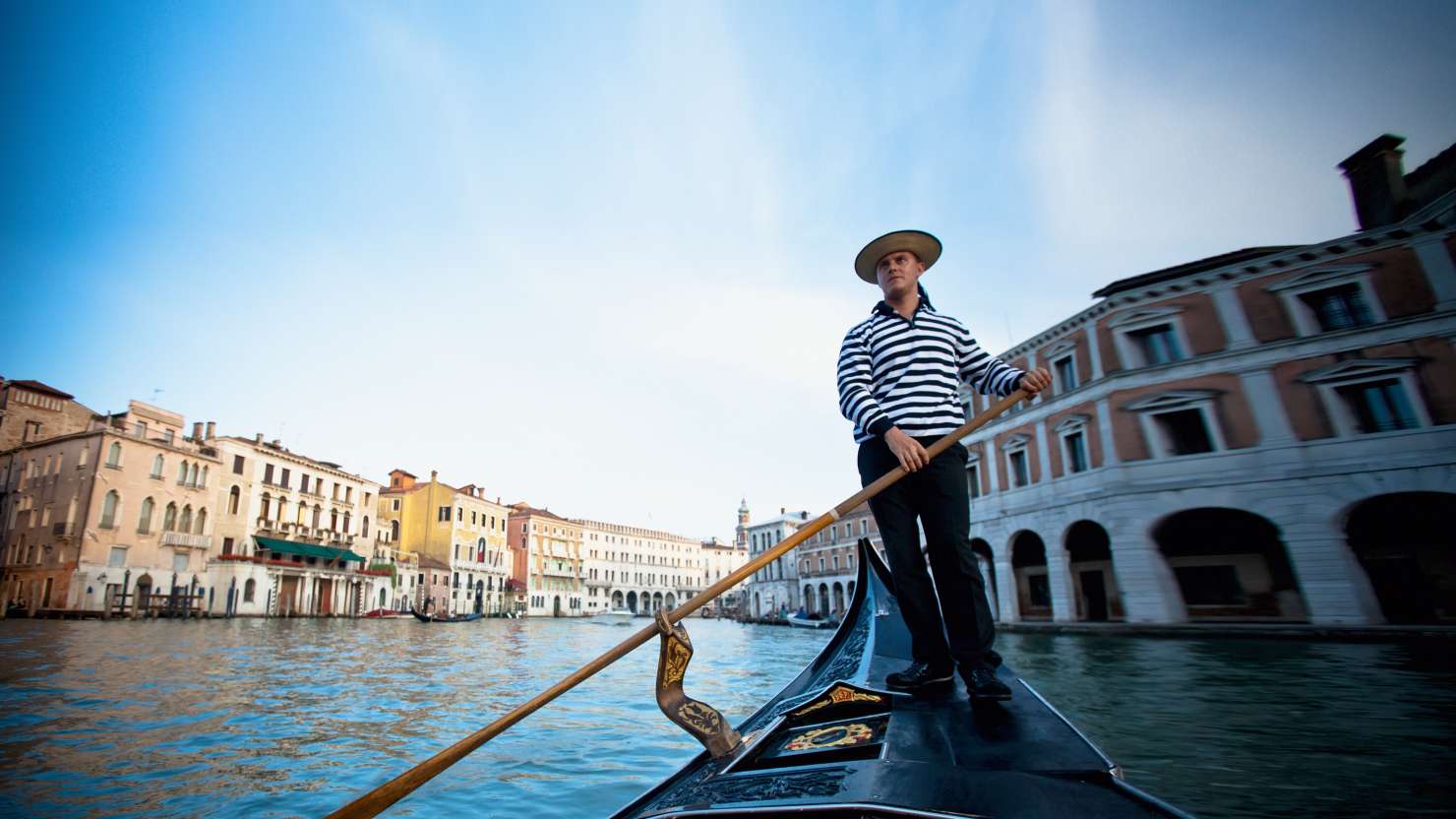
Pisa’s gravity-defying leaning tower has 294 or 296 steps, depending which side you go up, and offers spectacular views. The nearby Museo dell’Opera del Duomo is another architectural gem, clad in bands of green and cream marble. Don’t return to your ship without trying Pisa’s famous biscotti, which come in a variety of tempting flavours.
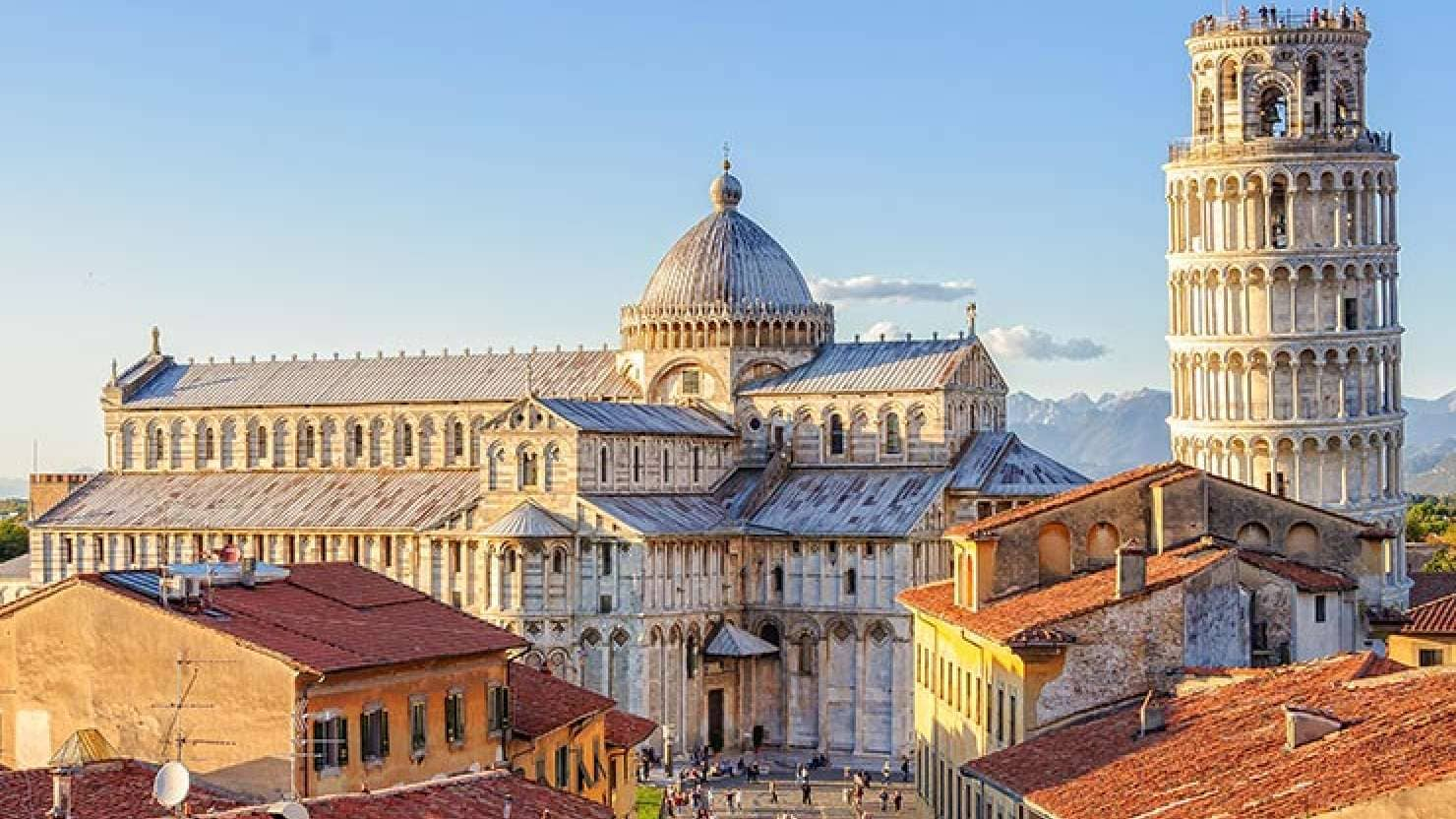
Overlooked by the imposing Mount Vesuvius, Naples is a good place from which to visit Pompeii, which was destroyed by an eruption in 79AD. You’ll also find artefacts from Pompeii in the National Archaeological Museum, while the Palazzo Reale houses a large collection of tapestries, chandeliers and furniture from the 17th to 19th centuries.
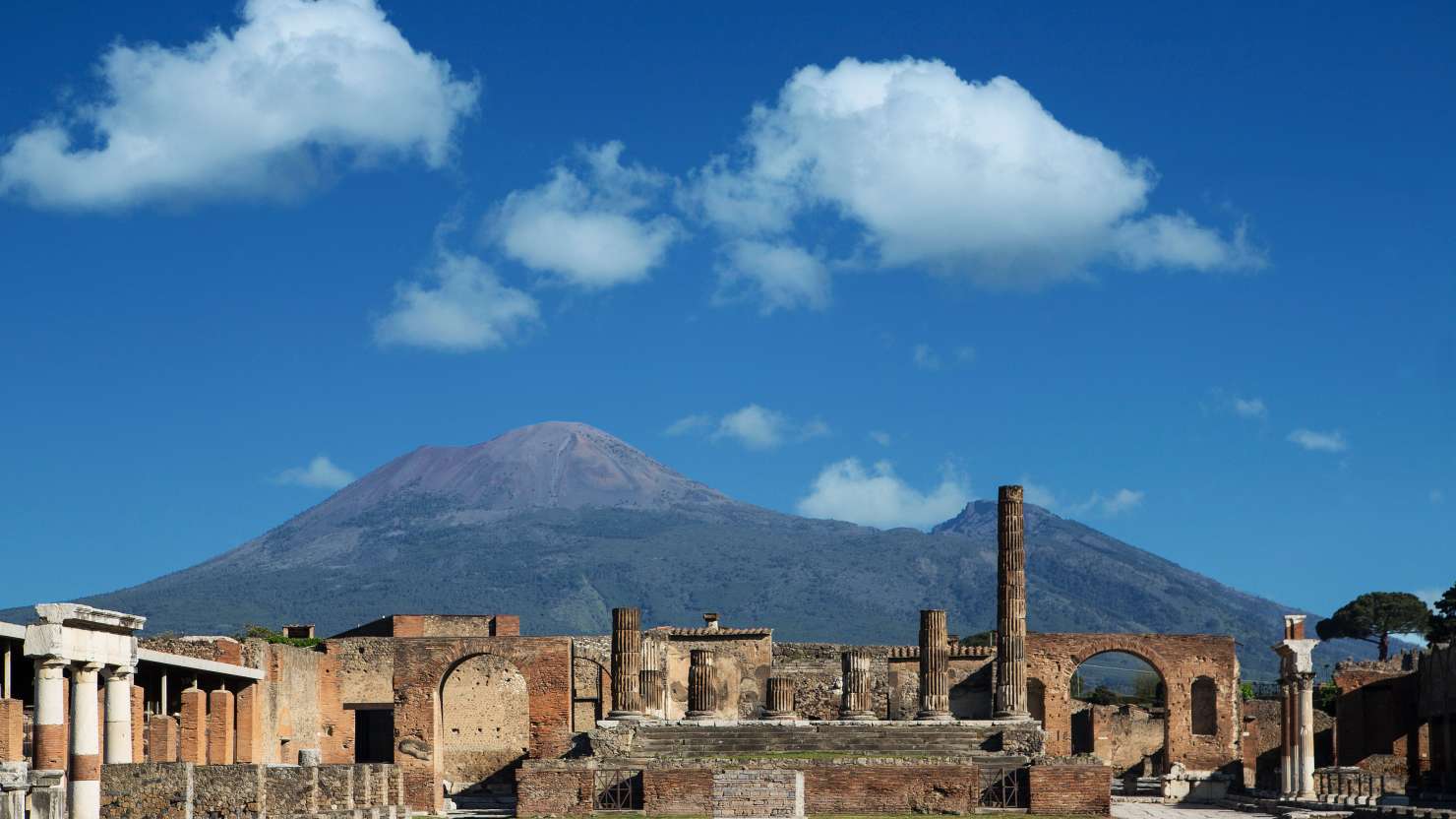
of
Don’t miss out! Sign up for latest news, offers and competitions from P&O Cruises.